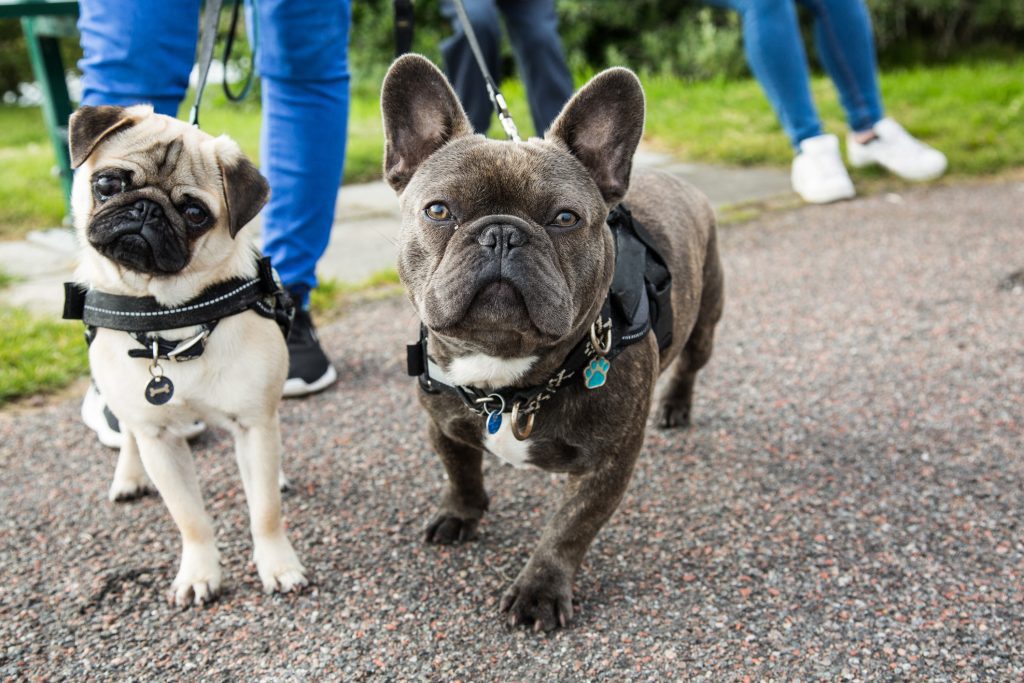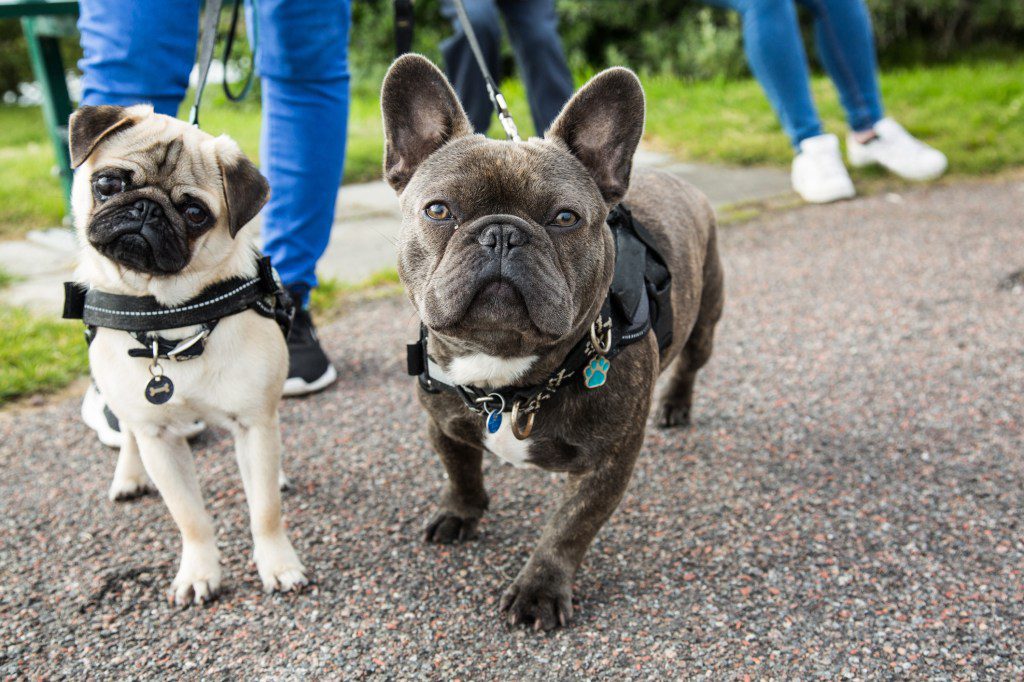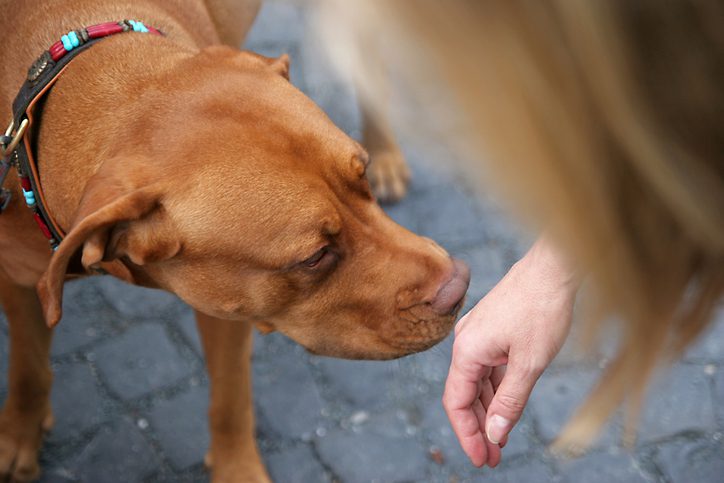Any dog, regardless of breed XL bully to a chihuahua, can react aggressively when feeling anxious, potentially causing harm to others around them.
That’s why it’s crucial to approach dogs in a manner that avoids causing stress, whether it’s your own pet or one you encounter on the street.
Many of us instinctively extend our hand to a new dog to let them smell us and approach for a pat.
According to Adam Spivey, a trainer and founder of Southend Dog Training, however, this is the last thing you should do.
Adam described it as a 'very intrusive way to say hello to a dog' on Instagram, advising followers to refrain from sticking their hand in a strange dog’s face.
He explained: 'I don’t know who thought this was a good way to greet dogs but it's actually a very threatening act and can lead to trouble very quickly.'
'You need to consider it from a dog’s perspective. This appears like you’re reaching out to touch the dog. If the dog is nervous, it will back away, growl, or even snap at your hand.'
Even if the owner assures you that the dog is friendly and allows you to approach, the dog may still view you as an intruder or become protective of their human.
It all depends on the situation, including your environment, the dog's emotional state, and your overall body language, which can impact the dog’s response. You might even resemble their vet or have an unfamiliar scent on your hands.
To demonstrate that you're not a threat, Preventative Vet suggests allowing the dog to approach you first. Avoid staring at them or raising your hand, and if they don’t find you intimidating, they can come to you.
'Stand sideways, let the dog sniff you, and allow them to finish sniffing you,' added Adam. 'If they sit nicely and the owner gives you permission, then you can pet the dog.'
Ideally, you should pet them from the side or underneath their head, avoiding their forehead or back of their neck (which could startle them).
Blue Cross also has a ‘three Cs of Canine Choice’ to help you greet unfamiliar dogs safely:
- Check. First, consider whether it’s appropriate to approach and pet the dog. If they're occupied or appear agitated, leave them alone. Then, ask for the owner's permission before approaching.
- Call. Next, call the dog over by patting your legs gently and saying hello, giving them the choice to approach.
- Count. Finally, if the dog comes to you, you can pet their shoulder closest to you (but don’t lean over the dog). Stroke their shoulder three times and then stop, allowing the dog to move away if they wish.
Hugging is not recommended, as it's viewed as threatening, and it's best to move slowly and speak calmly around a dog to help them feel at ease.
Also, pay attention to what they're trying to communicate. If they turn away or move away from you, it means they don’t want to be touched, and you should respect that by letting them end the interaction.
Do you have a story to share?











